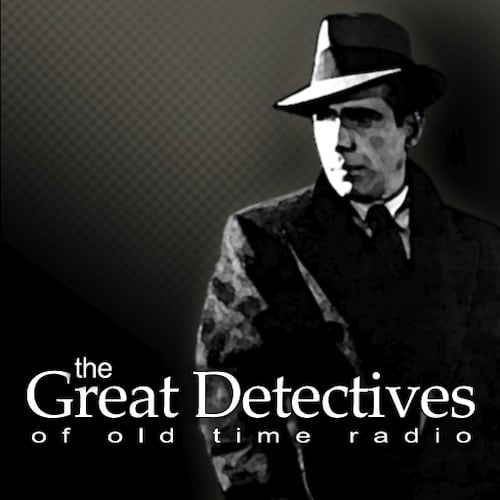The public domain is that magical place which creators can draw inspiration from. Public domain works can be published and sold by anyone. It includes the works of Shakespeare, Dickens, and Edgar Allen Poe. However, in the US, it doesn’t include many works made after 1922 and the public domain has remain frozen since 1998. However, on January 1, 2019, New Year’s Day will be Public Domain Day, as a plethora of works created in 1923 will enter the public domain.
Why the Public Domain was Frozen
Until the early 1990s, the public domain grew in two ways. First was expiration of the original copyright term. Works written prior to the 1976 Copyright Act had twenty-eight year copyright terms that could be renewed for another twenty-eight years (increased to 47 years though the Copyright Act.) If the copyright owner didn’t renew their copyright, their work came into the public domain after twenty-eight years. This is how many Hollywood movies, TV episodes, and a few books from 1963 and before slid into the public domain. Congress put a stop to this by renewing all outstanding copyrights in 1992.
The other way the public domain expanded was when the renewal term expired. That ended in 1998. Media companies led by Disney had been trying to get the copyright extended for years. The first Mickey Mouse cartoon Steamboat Willie was set to enter the public domain in 2004. Congress passed the Sonny Bono Copyright Extension Act (named after the late singer and Congressman) which added another twenty years to all Copyrights. Works passed after the 1976 Copyright had a term of the author’s lifetime plus 70 years, and those pre-1976 works had a term of 95 years.
At the time of passage, copyright extension promotions seemed to want far more. Bono’s forth wife and successor in Congress, Mary Bono made the point that Sonny Bono had believed Copyright should last forever. That is unconstitutional. The Constitution requires copyright be for “limited times.” She spoke favorably of long-time Motion Pictures Association of America Chairman Jack Valenti’s suggestion this could be worked around with a copyright term of “forever minus one day.” Opponents of further Copyright extension didn’t expect an effort that audacious, but they did expect some effort to increase the length of copyright if for no other reason than for Disney to save “Steamboat Willie.” In the end, no effort was made and the Public domain will grow once again.
What Will Happen
At the end of 2018, copyrights on works created in 1923 will expire. On January 1, 2019, the public domain will expand.
Starting on January 1st, organizations such as Google Books and Project Guteneberg will make books written in 1923 available to readers across the Internet to download for free. Librivox will make audiobook recordings of them. In addition, filmmakers will be able to adapt them, as will American audio drama producers such as Colonial Radio Theater.
Mystery fans will enjoy the third Agatha Christie book to enter the public domain, Murder on the Links. In the addition, one of only ten Sherlock Holmes stories still under Copyright in the United States, “The Adventure of the Creeping Man” will enter the public domain.
Silent films such as the original Ten Commandments or Charlie Chaplain’s The Pilgrim will be enjoyed online for free as well as on discount DVDs.
Filmmakers will at last be able to freely include songs such as The Charleston and Yes! We Have No Bananas Today in their films. Churches won’t have to pay to include “Great is thy Faithfulness” in their services. Community theaters will be able perform Noel Coward’s first play London’s Calling. Before, doing all of these legally required paying a royalty or license fee. However that all changes in 2019.
The public domain will continue to expand, allowing free distribution of an ever-growing number of influential works. The Jazz Singer, the film that launched the era of talking pictures, is set to enter the public domain in 2024. Dashiell Hammett’s novel The Maltese Falcon will enter the public domain in 2026, and Fer-de-Lance, the first novel featuring Nero Wolfe, will enter in 2030.
Continued growth of the public domain will depend on Congress not extending copyright again. Entertainment companies have powerful lobbyists on Capitol Hill and may demand more protections. If Disney lets “Steamboat Willie” go into the public domain, they may raise a fuss at the prospect of Snow White and the Seven Dwarves entering the public domain in 2033, one year before the first Superman comics are set to become public domain.
For now though, the long overdue expansion of the public domain is beginning. Here’s hoping it continues for many years to come. If you want more information on works entering the public domain in 2019, check out this article from the Duke University School of law.
If you enjoyed this post, you can have new posts about Detective stories and the golden age of radio and television delivered automatically to your Kindle.
If you enjoyed this post, you can have new posts about Detective stories and the golden age of radio and television delivered automatically to your Kindle.
